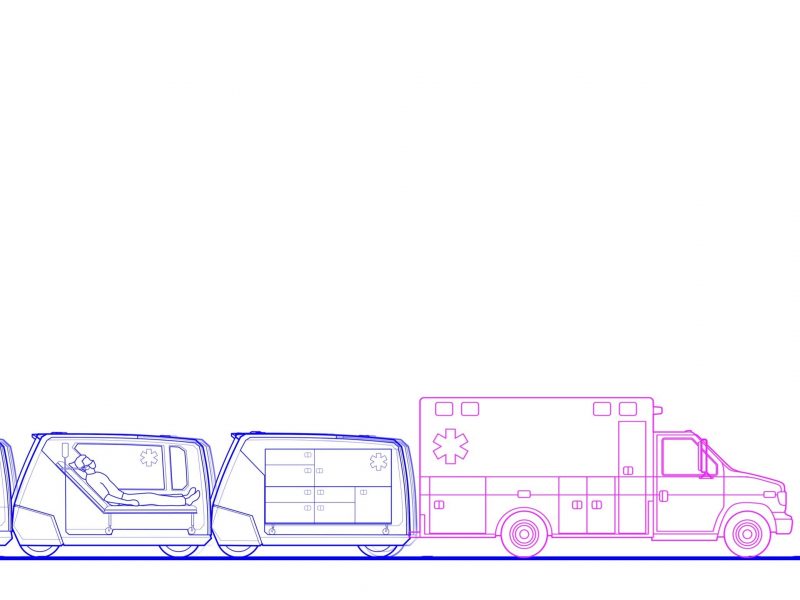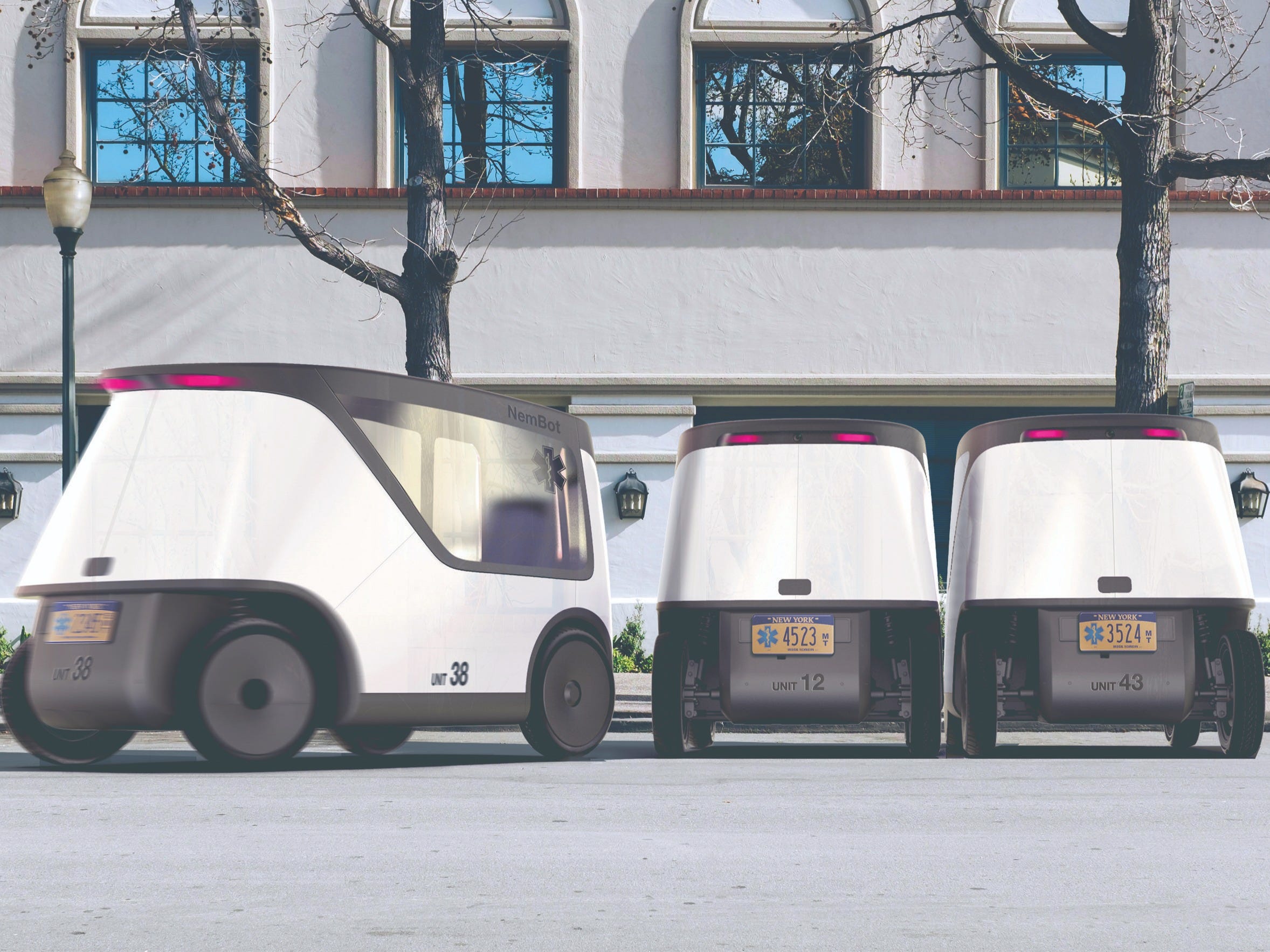- The NemBot (non-emergency medical robot) is a semi-autonomous transportation concept.
- The idea is to transport people or goods while staying isolated in a pandemic.
- The NemBots could be driverless for short trips, or have a driver for longer journeys.
- Visit Business Insider’s homepage for more stories.
Design consultancy Manyone released a concept for autonomous, “pandemic-proof” electric vehicles.
NemBots (non-emergency medical robots) are a transportation design prompted by COVID-19, although they can be used much more widely. Each NemBot is like an autonomous pod, with room for one person plus full sanitation equipment like a UV disinfectant light. Within this standardized size, the interior can be swapped out for uses coronavirus-related and not.
The coronavirus made the need for transportation for vulnerable people clear, but it extends past COVID-19, and public transportation doesn’t always meet these needs. As relatively small, autonomous, and efficient vehicles, Manyone suggests that they could even be used for public utilities, like garbage collection.
See the NemBot here.
The NemBot can be customized a few different ways, so it's useful in a number of situations.
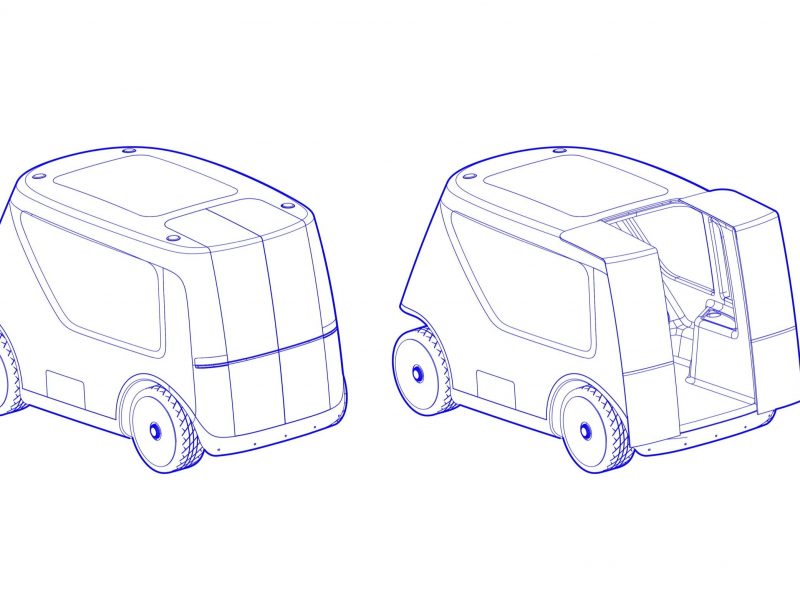
Independent units can drive autonomously to move patients, medical supplies, samples, or whatever else is needed.
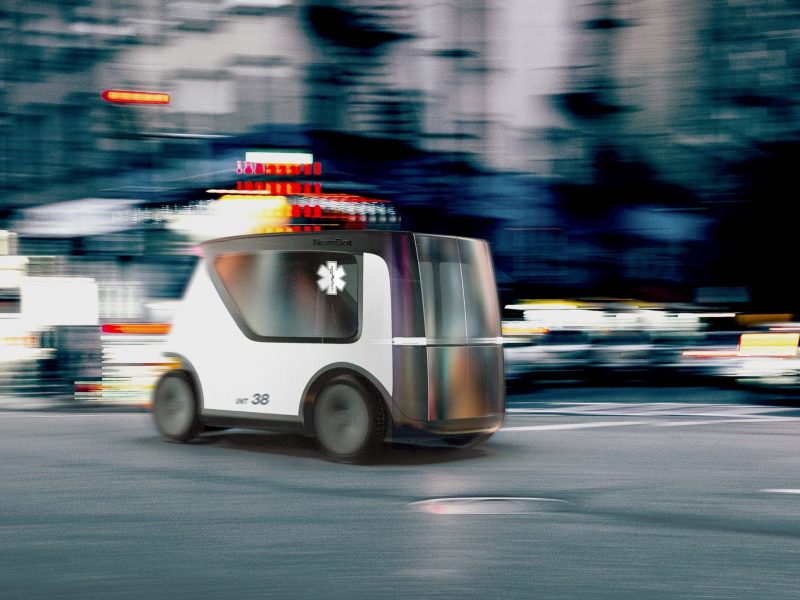
The electric, autonomous vehicles can be used for last mile deliveries and pick-ups in cities.

They could also be combined into a six NemBot convoy, with a single driver for long distances.
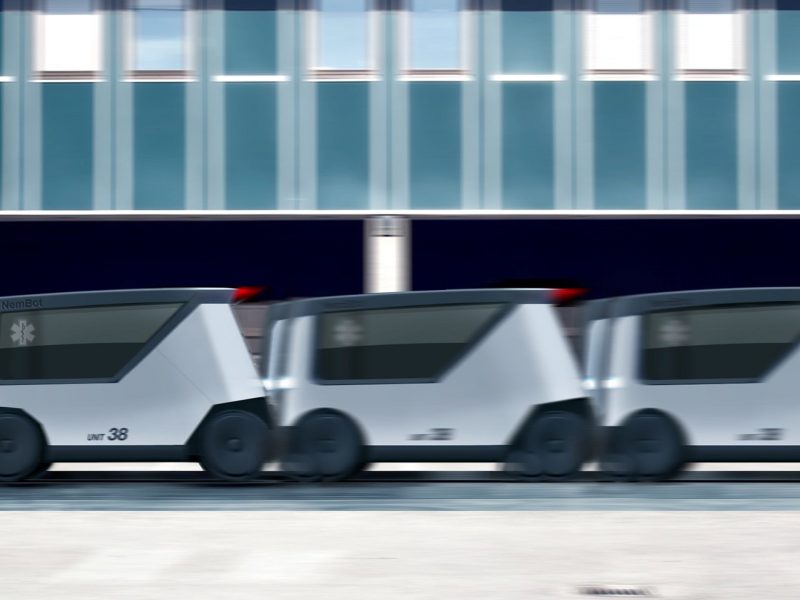
The convoy would act as a charging station for the smaller electric vehicles.
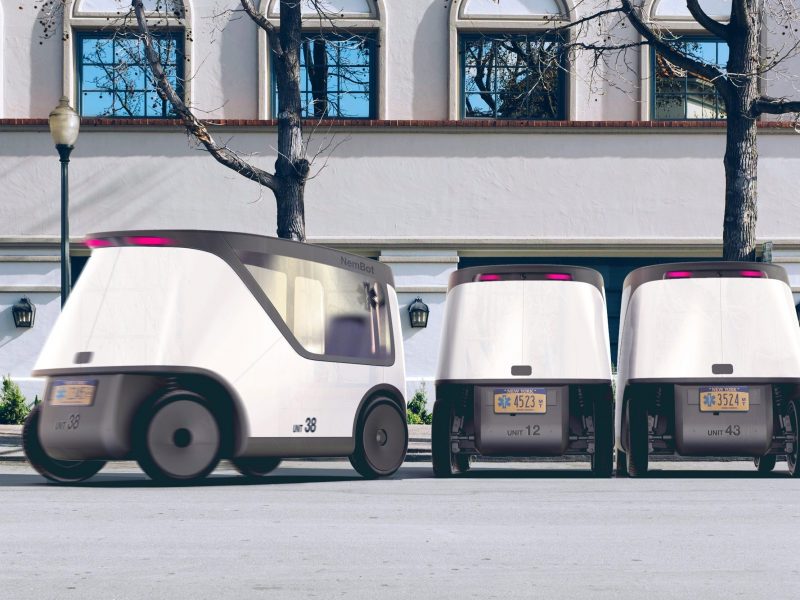
The interior could be outfitted to transport patients in isolation, without risking exposure to the patient or other passengers the way larger transportation methods do.
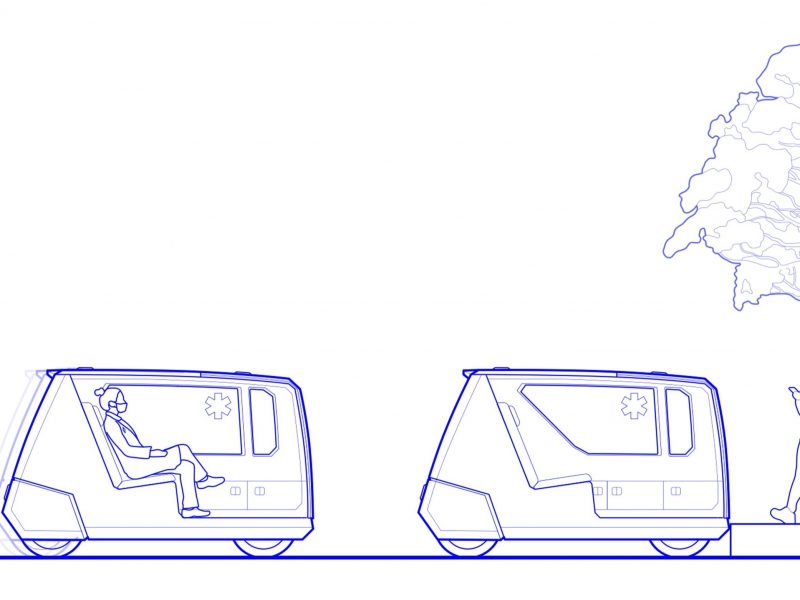
Though small, the vehicles could fit a single passenger and sanitation station, and the front suspension was designed to make sidewalks accessible for wheelchairs or sickbeds.
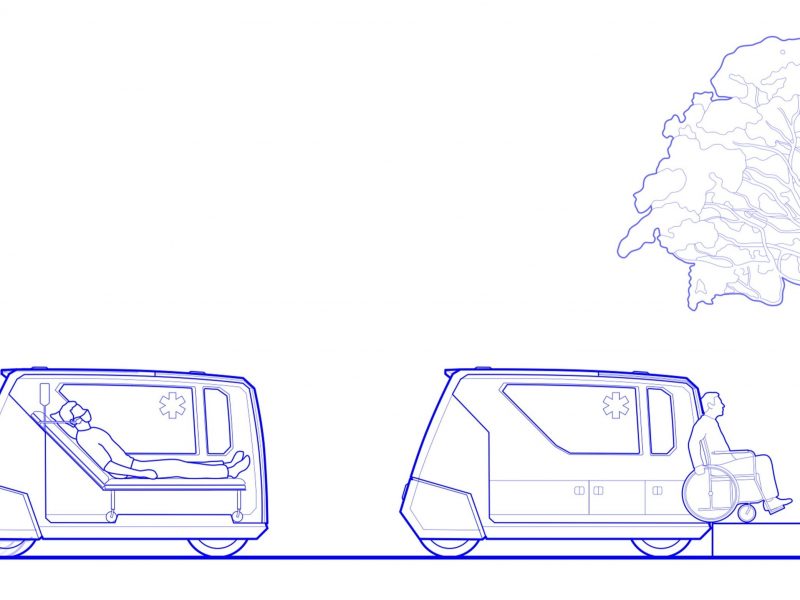
Or, the interior could be optimized for transporting supplies, with a cryogenic container to hold vaccines or test samples.
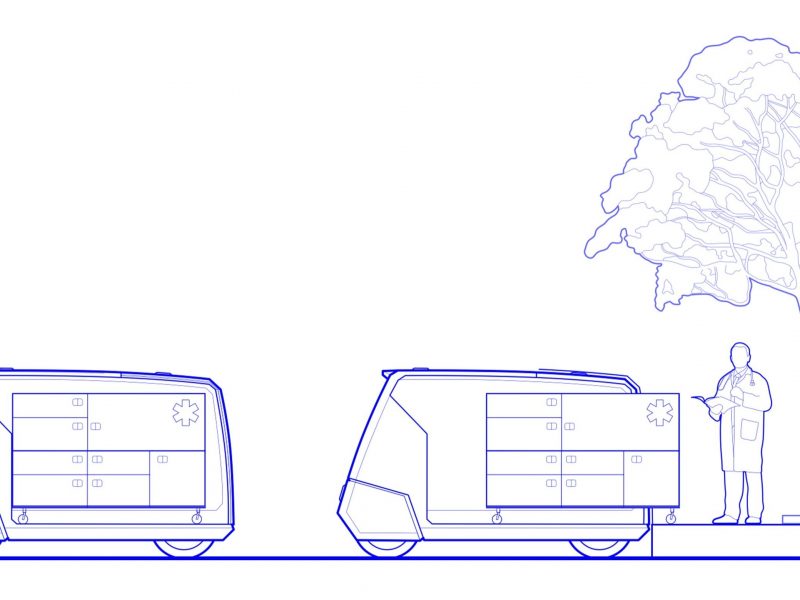
The convoy solution could even combine these different uses, while each NemBot charges.
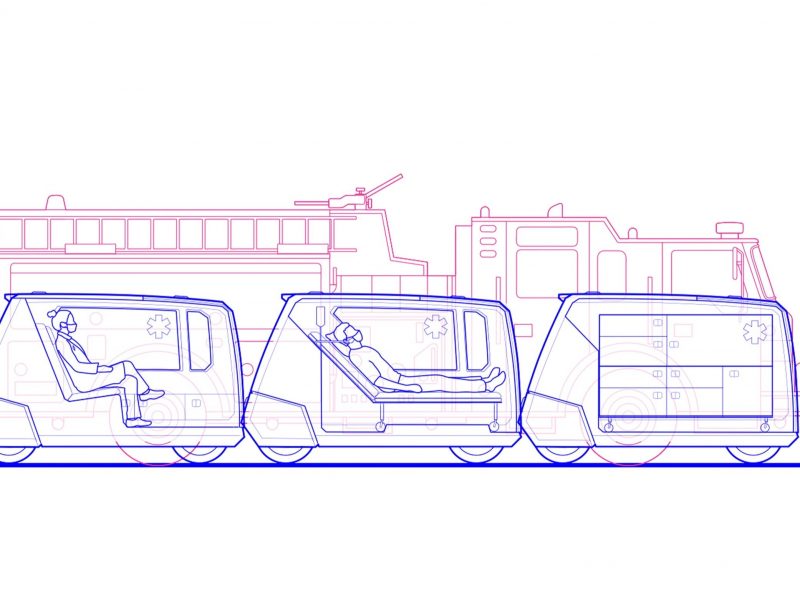
Skibsted designed the NemBot to operate in congested urban neighborhoods, where its small size makes deliveries faster and more efficiently than a large cargo truck.
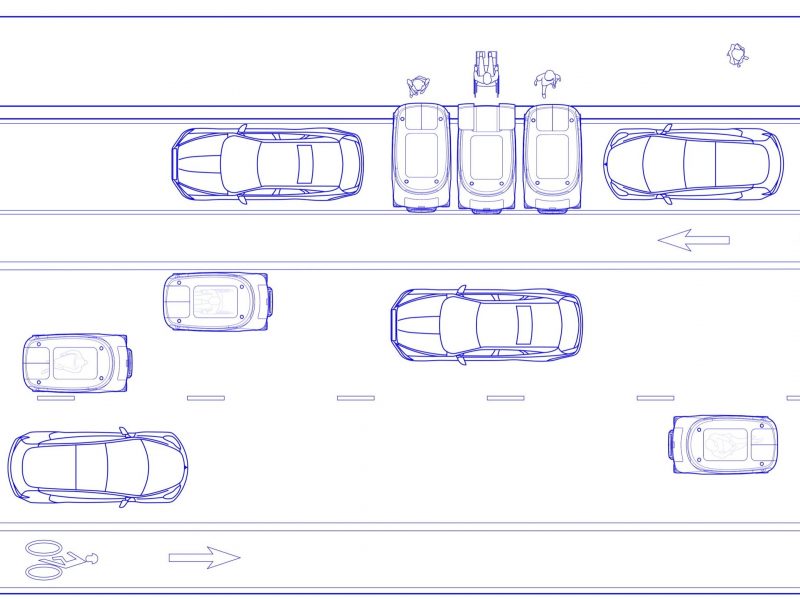
They would move at around 20 mph, compared to the average speed of cargo trucks in New York City, just seven miles per hour.
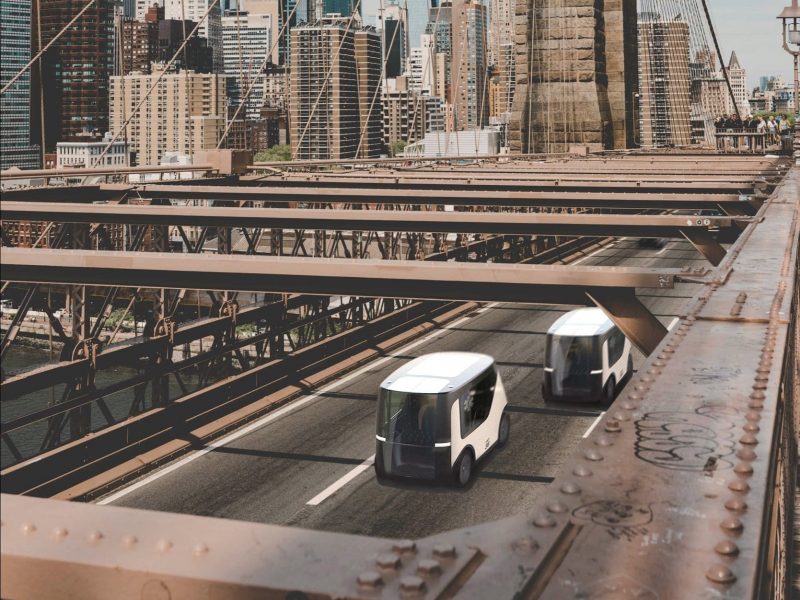
The simple but useful design has parts that can easily be swapped out for a range of other uses.
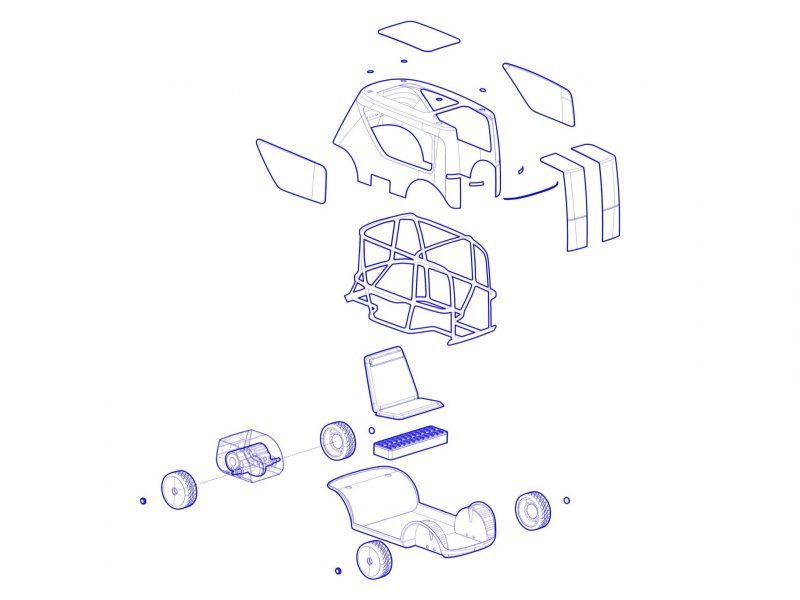
The concept has uses beyond COVID-19, too. Patients with compromised immune systems, for example, could use the isolated transport to minimize risks.
